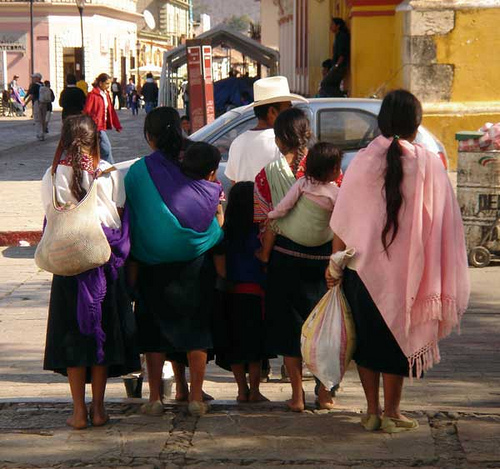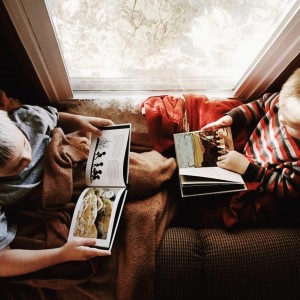On my recent visit to Chiapas, Mexico in January, I was impressed to see the indigenous Mayan women wearing their babies. With babies strapped snuggly to their backs, I saw women selling produce and wares at the public markets, and women farming and working the land while wearing their babies. During my visit, I never saw a single stroller. I found myself wishing that more American mothers would return to this practice.
So imagine my alarm when I became aware of the recent controversy over the use of baby slings. My fear was that this would turn mothers away from this age-old practice.
Fortunately, Mothering magazine promptly responded to the controversy and issued this statement:
SANTA FE, NM (March 18, 2010) — On March 12, the Consumer Product Safety Commission (CPSC), a Federal Agency, issued a warning in regard to the use of baby slings. The CPSC asserts that there is a risk of slings suffocating infants who are younger than four months old, and that caution should be used when carrying babies of this age group in slings.
Mothering puts the CPSC warning in perspective: Babywearing is safe, but some slings and positions are not. While baby carriers are as old as civilization, modern babywearing has exploded in the last four years. Along with this rapid increase in use has come the creation of some unsafe carriers, in particular bag-style slings that have a deep pouch, excessive fabric, and an elasticized edge. These deep, bag-style slings can be especially dangerous for premature or small babies.
Some general guidelines for safe babywearing:
1. Only choose a sling that allows you to see your baby’s face.
2. Be sure baby is not curled up tightly, chin to chest. This position can restrict breathing, especially in newborns or in infants who cannot yet hold up their heads.
3. Make sure that the sling fabric is “breathable,” and keep baby’s face clear of fabric.
4. Do not press baby’s face tightly against the sling wearer’s body.
5. Position the baby’s face upward.
6. Reposition baby if there are any signs of respiratory difficulty: rapid or labored breathing, grunting or sighing with every breath, restlessness.
For more information, see Mothering’s Special Report on Babywearing
For babywearing safety tips, see “Babywearing 101”
So I hope that you mothers of infants and toddlers won’t panic, but will heed these precautions and continue to wear your babies in good health and with love. Your children will benefit from their closeness with you!




2 Comments
Hi Sarah, these are great precautions. I’m forwarding them to my daughter who has a sling and an ergo, and she’s figuring out if either are helpful with her new baby. I have to say, I also love the old, British perambulators (prams). I still see them in Europe. My mom had one. They were often built with suspension wheels for a smooth ride. The baby could lay on a flat surface, move and stretch freely and face the mother (or person pushing). At der Hof in Germany (a Waldorf/Pikler child care house) the babies sleep outside in the fresh air these old-fashioned prams.
I remember back almost 15 years now and getting a baby Bjorn just before Lucy was born. I practiced cooking dinner and doing chores using our cat Louise instead of a real live baby. The cat kinda liked it.